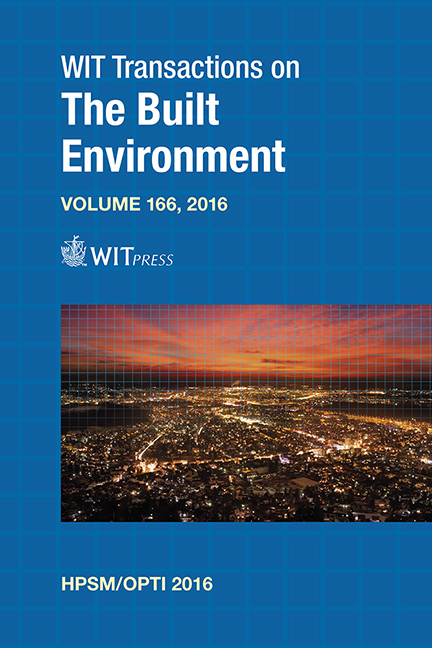Diaphragm Molding Analysis Of GFRTP Using The Finite Element Method
Price
Free (open access)
Transaction
Volume
166
Pages
9
Page Range
297 - 305
Published
2017
Size
1,655 kb
Paper DOI
10.2495/HPSM160271
Copyright
WIT Press
Author(s)
K. Tanaka, M. Ogawa, T. Katayama, H. Sakamoto
Abstract
Among fiber reinforced thermoplastics (FRTP) which have superior specific strength and stiffness, glass fiber reinforced thermoplastics (GFRTP) are generally used in the automotive industry due to its affordable prices. In diaphragm molding, which is a second process of GFRTP molding, FRTP are placed over the mold and are pressed by air pressure. This molding method can reduce the molding cost in comparison with the other press molding method because it can be molded by a single mold. However, its formability has not been clear yet. In this study, FEM analysis of diaphragm molding was performed and compared with the molded product. The position of wrinkles formed during the diaphragm molding can be predicted by FEM analysis. By shape comparison between the 3D data of the analyzed results and real products, the molded product was bigger than the analyzed result. This difference is considered to be the absence of the spring-back phenomenon of GFRTP during the cooling process in the FEM analysis.
Keywords
Glass Fiber Reinforced Thermoplastics (GFRTP), FEM, 3D scanner, wrinkles





